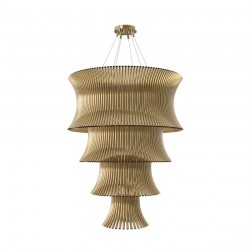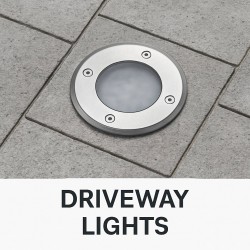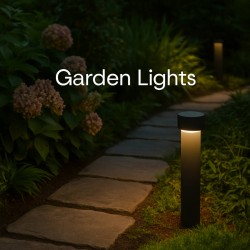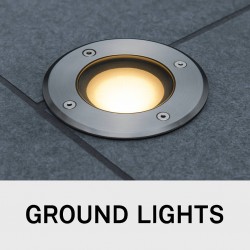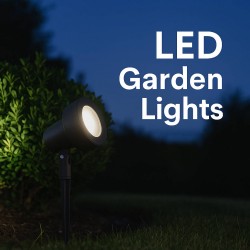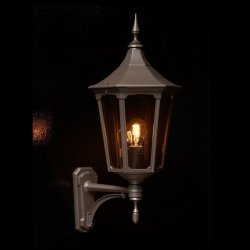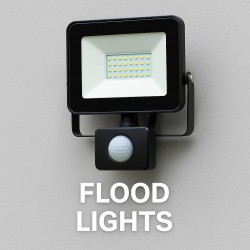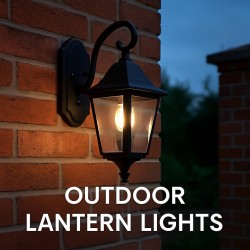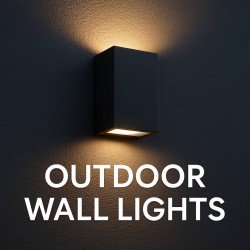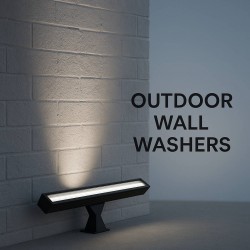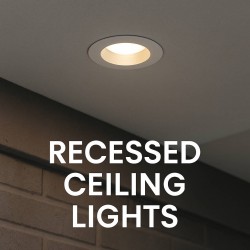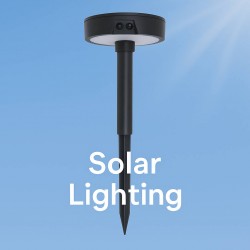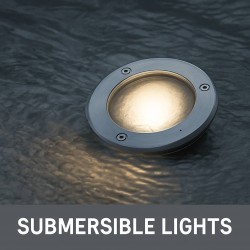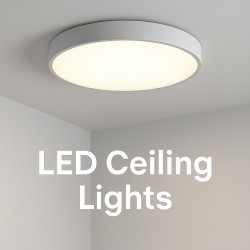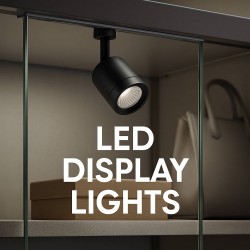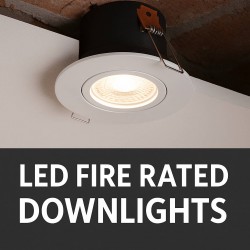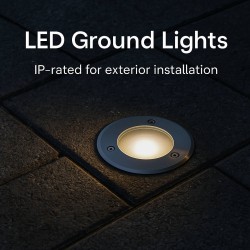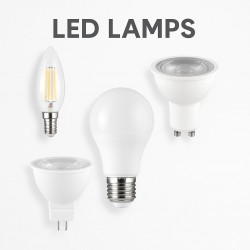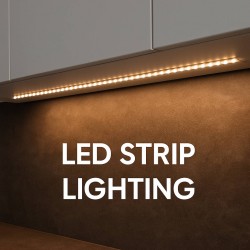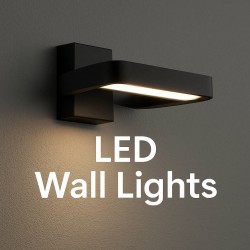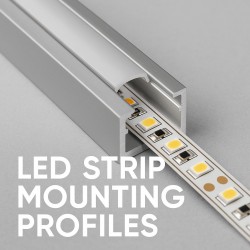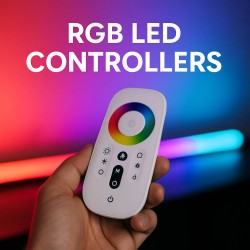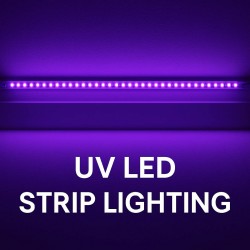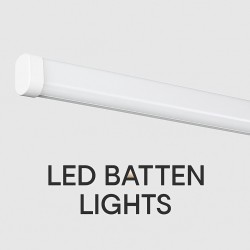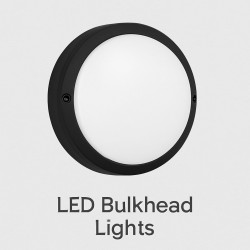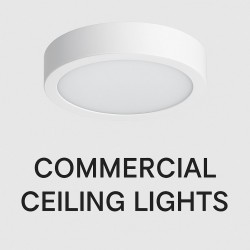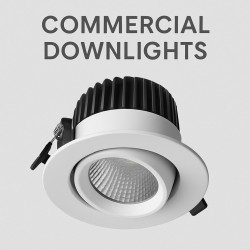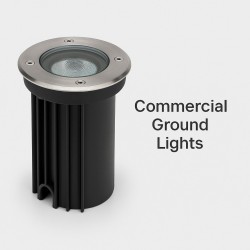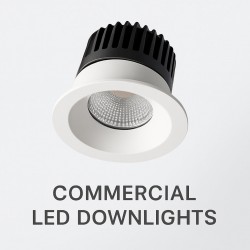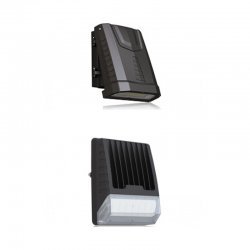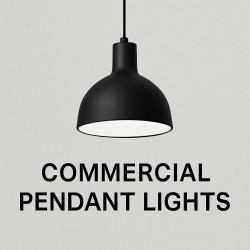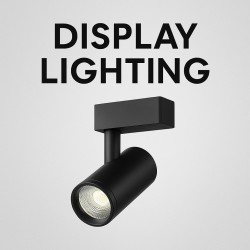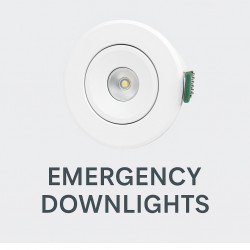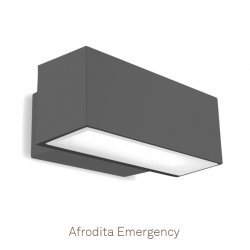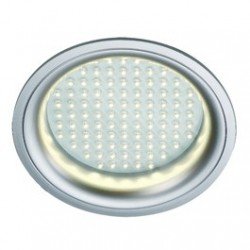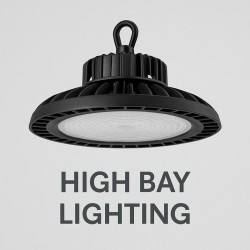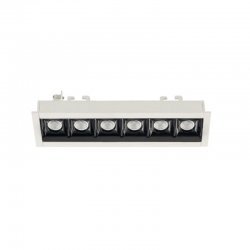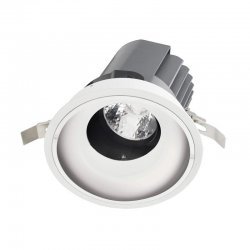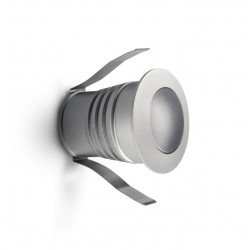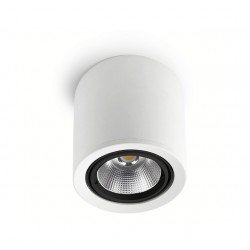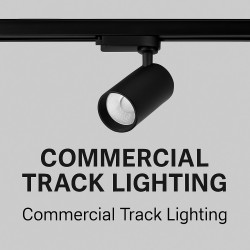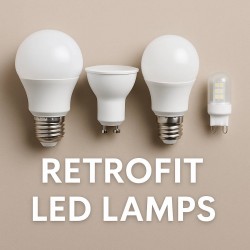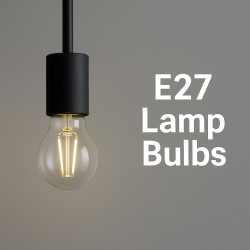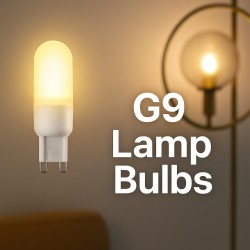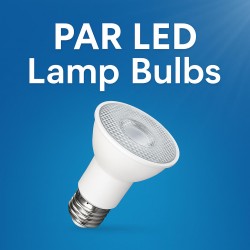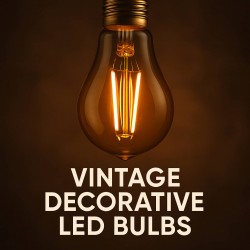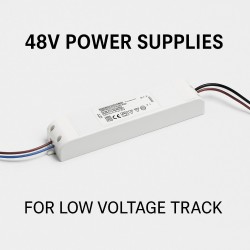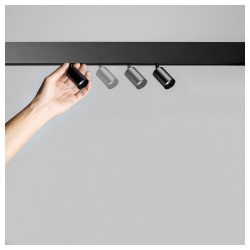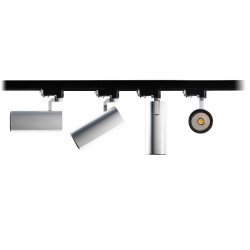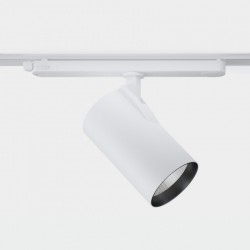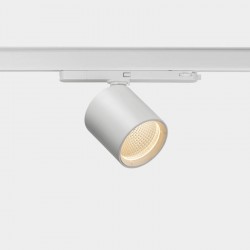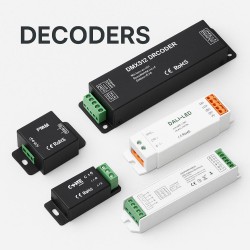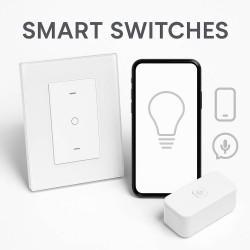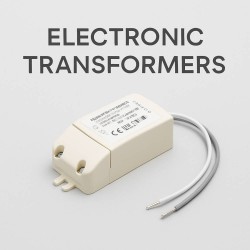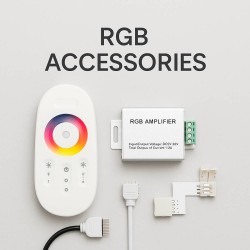Understanding 3-Phase Track Lighting
3-phase track lighting is a versatile and efficient lighting system commonly used in commercial, retail, and gallery spaces. It consists of a track that houses multiple electrical conductors, allowing for the installation and control of multiple light fixtures on a single track. The "3-phase" aspect refers to the presence of three separate electrical circuits within the track, which provides greater flexibility and control over the lighting setup.
Key Components
- Track: The physical rail that holds the electrical conductors and supports the light fixtures. Tracks can be mounted on ceilings or walls and come in various lengths.
- Conductors: There are three live conductors (phases), a neutral, and an earth conductor within the track. The three live conductors are usually labeled as L1, L2, and L3.
- Connectors: Components that join multiple tracks together or connect the track to the power supply. These can be straight, L-shaped, T-shaped, or X-shaped connectors.
- Fixtures: The light fixtures, or track heads, are attached to the track and can be repositioned along its length. They can include spotlights, pendants, or other types of lighting fixtures.
- Adapters: Each fixture has an adapter that connects it to the track and allows it to draw power from one of the three phases.
How It Works
The main advantage of 3-phase track lighting is its ability to control different groups of lights independently. Here’s how it works:
- Power Distribution: The track is connected to a 3-phase power supply. Each phase can carry a separate circuit, allowing you to distribute the electrical load evenly.
- Circuit Control: By using different phases (L1, L2, L3), you can control different groups of lights independently. This is useful for creating different lighting zones within a space.
- Flexibility: Fixtures can be easily added, removed, or repositioned without the need for rewiring. This makes it an ideal choice for spaces where lighting needs may change frequently.
Advantages
- Versatility: Easily reconfigure lighting setups without major electrical work.
- Control: Independent control of multiple lighting circuits from a single track.
- Efficiency: More efficient distribution of electrical load across three phases, reducing the risk of overloading a single circuit.
- Aesthetic Appeal: Clean and modern look with the ability to focus light where it is needed.
Installation Considerations
- Power Supply: Ensure a compatible 3-phase power supply is available.
- Load Calculation: Calculate the total electrical load to ensure it is balanced across the three phases.
- Track Layout: Plan the layout to maximize coverage and flexibility.
- Compliance: Follow local electrical codes and standards for safety and reliability.
Applications
- Retail Stores: Highlighting products and creating appealing visual environments.
- Art Galleries: Flexible illumination of artwork with the ability to easily change lighting configurations.
- Commercial Spaces: General and task lighting in offices, showrooms, and other commercial environments.
- Residential Spaces: Modern and customizable lighting solutions for living spaces and kitchens.
Conclusion
3-phase track lighting is a powerful and flexible lighting solution that offers significant advantages for various applications. By understanding its components, functionality, and benefits, you can effectively implement this system to enhance the lighting of any space.







